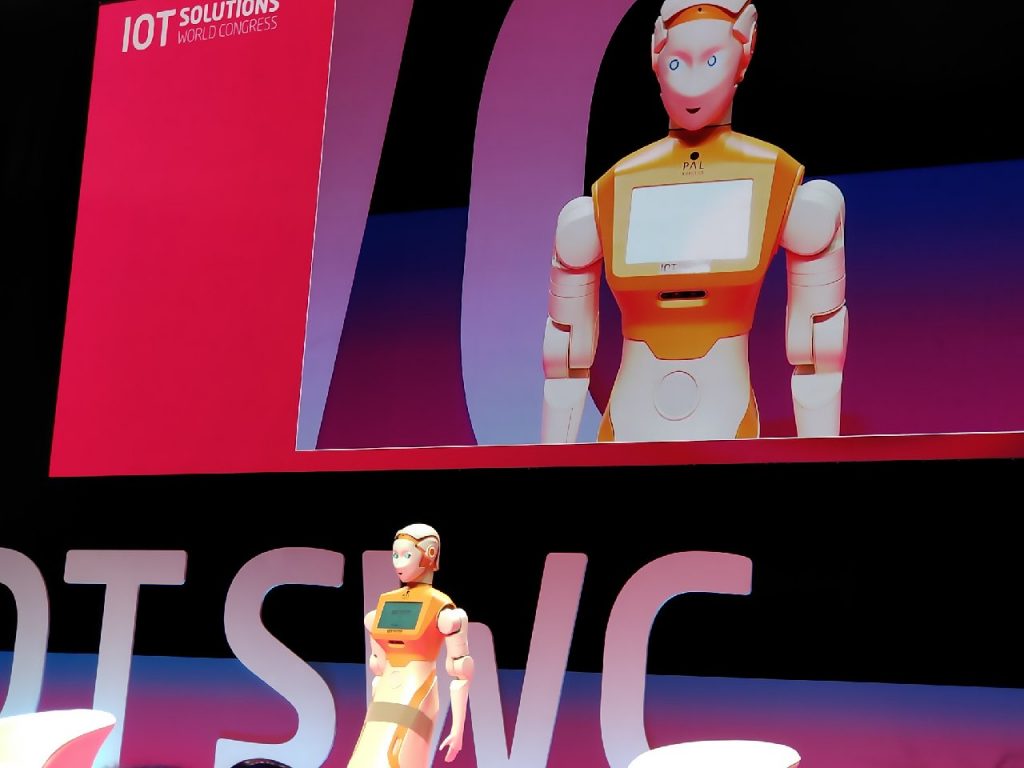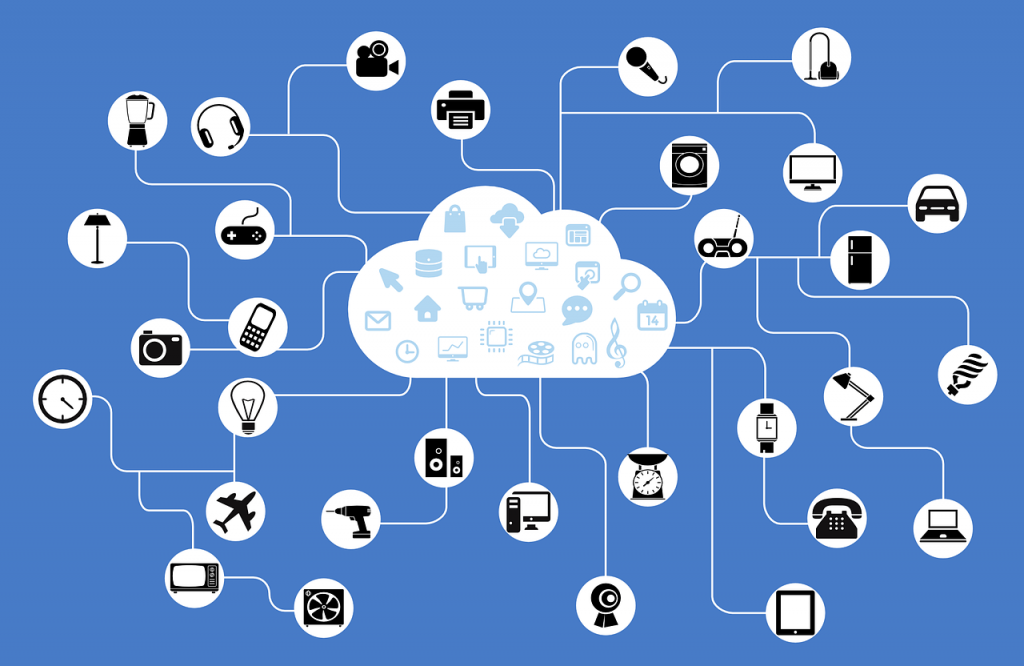As the conference season advances in earnest, business technology journalist Antony Savvas urges attendees to go to them with an open mind, and not be locked into the programmes of the “usual suspects”, as you never know what you may find.
Later this month sees the start of Europe’s biggest technology show in the form of Mobile World Congress (MWC) in Barcelona. There has been some pride in the telecoms sector that the industry hosts such a large show, and it is great to see it finally bounce back from the pandemic, with organisers expecting it to attract very big numbers from across the world.

I attended the same Fira Barcelona venue as MWC last week, and was impressed with the show size of audio visual event Integrated Systems Europe (ISE) and the numbers attending it. I was primarily in Barcelona to cover the separate show taking part alongside ISE though, which was the IoT Solutions World Congress (IoTSWC). This smaller event, across one hall, occupied most of my time, although badge holders could visit both shows at will.
There were plenty of very large brands at ISE, including the likes of Samsung, Microsoft, Cisco and Zoom etc, and a few others at IoTSWC, including Amazon Web Services and HPE. But while it is understandable that many will flock to the stands or attend conference talks of the companies they know, my advice is to take the pioneer spirit and move laterally.
Conference apps

Conference apps assist in being able to meet people you wouldn’t normally plan to, even though in my case at IoTSWC they didn’t actually realise I was a journalist when they contacted me for a meeting! In all three cases through the IoTSWC app they wanted to promote their company over a quick sit down at a time of my choosing, and I imagine they had to contact quite a few people to help fill their diaries.
But the last minute “speed dating” through the app made the experience slightly more interesting, with no pre-conceived idea on their part as to why I was meeting them, and the subject of conversations going off on various tangents, covering not only their companies but how they saw the industry and the show generally.
As none of them were exactly household names, and were probably not subject to the “conference template” discussions expected of them from their companies, there was a free and frank discussion on their competitors and the show organisers, in addition to what they were trying to flog. And all over the 20-odd minutes in the time slots I specified.
Bots

Outside the app, in the process of working at one of the very few tables supplied by the conference to sit down at (what is it with show organisers, do they think we are robots who only stop moving around when our batteries run out?), a gentleman opposite me asked: “Would you like to know how I could make your job easier?”
How could I not reply to that? Putting aside my thoughts of getting rid of the Barcelona traffic, the lack of press office facilities and, indeed, the miniscule number of tables and chairs, I obviously replied: “How?”
He had clearly scanned my conference badge, which stated I was “Press”. This conversation came days after it was confirmed that Microsoft was ploughing billions of dollars into artificial intelligence (AI) chatbot platform ChatGPT, whose technology will now be incorporated into Microsoft’s products.
My table partner turned his laptop around to show the user interface of his own prototype AI conversational chatbot.

“What are you writing about,” he asked. “I’m writing a story on digital twins technology,” I said, “It was talked about just now in the show conference.”
“Ahh,” he said, let’s put ‘digital twins’ into the engine for your story and see what we get.” Within seconds, using the show’s often very unreliable WiFi, the “beginning of my story” (or an introduction on digital twins anyway) popped up, which admittedly read very well.
He then inserted my name into Google to get an idea of what other topics I write about, and chose one of my past stories on GDPR compliance. He put the piece into the chatbot engine, and in seconds an “enhanced” piece was displayed, including more descriptive details on the companies I had included in the original piece.

I didn’t read this automated piece word for word, but it seemed acceptable. I did have time though to explain to my AI friend I would be unable to use the technology commercially, as I would be sacked for doing so, on grounds of potential plagiarism and laziness. Not everyone seems to have the same problem though, as I know of other journalists who have had articles published using ChatGPT, mainly as an experiment though to see if they can get their pieces past editorial fact checkers and editors.
It’s a dangerous game though, as one major US technology publisher was recently called out and criticised for using web bots to write basic articles for its various publications. These focused on “fact-based” articles linked to search engine results with little context on the subjects covered.
Ukraine

Apart from lazy writing, the IoTSWC app meetings saw me have interesting conversations with an IoT software development company employing 80 people that had to flee Ukraine to Poland after Russia’s invasion, and another software services firm that is now ramping up its activity in the IoT sector after a slight slump in business in the media industry, on which it previously focused.
I also met an edge data services company that is aiming to take on the likes of VMware, Microsoft and Red Hat when it comes to effectively managing customer data at the expanding edge.
For the record, the three companies in order of their mentioning above, who wouldn’t normally get the main attention at trade shows, were MintyMint, Intertrust and Edgility.
The author is Antony Savvas, a global freelance business technology journalist.
Comment on this article below or via Twitter: @VanillaPlus OR @jcvplus






